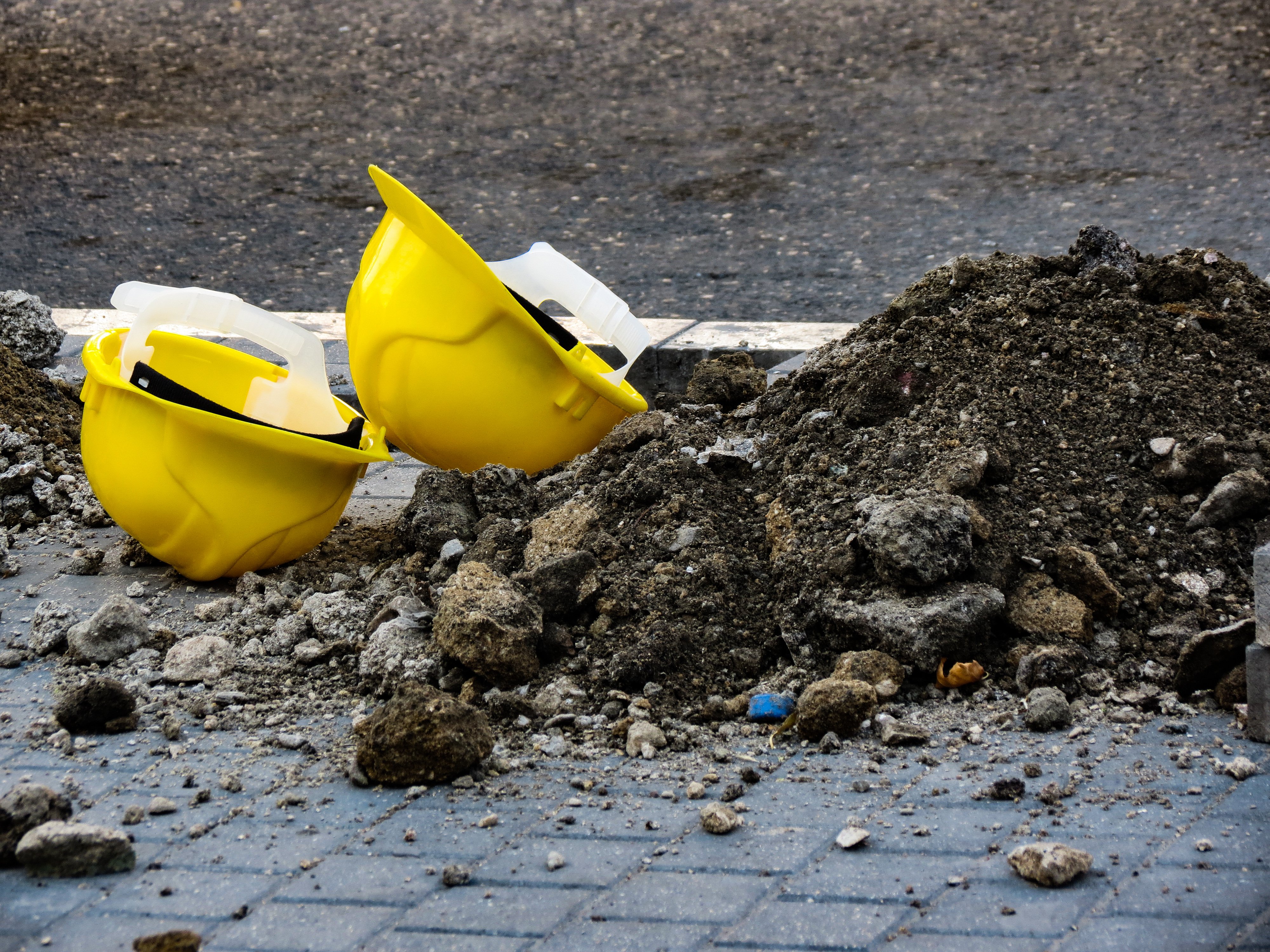Protecting workers from injuries and fatalities is one of the most important responsibilities of companies in high-hazard industries. Unfortunately, it's not an easy feat.
“When it comes to safety, your work is never done,” said Nick Stavropoulos, former chief operating officer of PG&E and National Grid U.S. “The moment you stop working at it, you begin to backslide, so putting safety at the forefront of what happens at our companies is critical.”
At Urbint’s Anticipate 2021 conference, three environmental health and safety experts came together to discuss the biggest safety issues that workers in high-hazard industries face today as well as what they suggest companies do to best protect workers. The roundtable was moderated by Stavropoulos and featured:
- Bryan Adams, Director of Safety Services/Occupational Safety, NiSource
- Jesus Soto, Chief Operating Officer, Mears Group Inc.
- Emily Whitcomb, Director of Work to Zero, National Safety Council
Here, we share five insights the panelists shared that companies can use to strengthen their health and safety programs.
1. Focus on life-altering injuries and fatalities
Companies want every worker to return home at the end of the day in the same condition they came into work. That means preventing even minor injuries like sprains, cuts, and bruises. But, Soto said, it’s a mistake for companies to focus too much of their efforts on stopping lesser injuries and not enough on traumatic injuries and fatalities.
“There is an intense focus on things that will hurt you, but not as much on the things that will kill you. I don't want to minimize [slips, trips, and falls], but I want to put a spotlight on the critical risks that face an organization. Things like driving, workforce intrusion, excavation, trenching, boring, lifting, rigging, hoisting, electrical contact, hot work, exposure to heat, energy, pressure, confined space, working at heights,” Soto said. “Our vision at Mears Group is to eliminate life-threatening, life-altering, and life-ending events. And our approach to that has been that we're going to build capacity that when—not if—failure occurs, it is going to occur safely.”
2. Plan for aggressive behavior
It’s an unfortunate truth that aggression, possibly tied to the COVID-19 pandemic, is on the rise. According to Whitcomb, workplace violence—any act or threat of physical violence, harassment, intimidation, or other threatening disruptive behavior that occurs at the work site—is among the most common hazardous situations at work.
And it’s not just peers that workers have to contend with. Members of the public can also jeopardize worker safety, particularly when behind the wheel. “Work zone intrusions keep me up at night,” Adams said. “Over the years, we have prepared for distracted drivers and intoxicated drivers, things like that. Last year, 38 percent of [our documented work zone intrusions] were due to aggressive drivers with intentional actions, meaning the flaggers have had them stopped, and they made the conscious decision to enter our work zone. This year, 67 percent are aggressive drivers with intentional actions.”
The panelists agreed the best way to protect workers from aggressive behavior is to plan for it and put safety measures in place. In cases of work zone intrusions, Adams said even more must be done. “If people intentionally intrude, we have to prepare for that. We're looking at policy, work zone awareness improvements, technology, risk-ranking software, and training. But, most importantly, we're looking at legislation. Until we can put some consequences or some teeth behind these intentional acts, we’re all at risk.”
Look: 4 Ways to Foster Mentally Supportive Work Environments
3. Consider systematic risk factors
Certain work conditions, like working at heights, will always be hazardous. Companies control for risks associated with these work types by putting situational controls, like fall protection, in place. However, they’re not always good about controlling systemic risks, which are “risks that can contribute to injury in the hazardous situation but are not direct causes of injury,” according to a National Safety Council report.
“Systemic factors...are not necessarily specific to the injury. I’ll give you some examples: Worker fatigue was found in all 18 of our top hazardous situations. So was leadership or cultural failure. That could look like not prioritizing safety. Lack of proper training was also identified as a major contributing factor in all 18 of the top hazard situations we looked at,” Whitcomb said.
She continued, “In our research, we found that there was significant overlap in these specific risk factors across different hazardous situations and across the different job tasks that people were doing. We know that a lot of those jobs are inherently risky, but if there are additional factors, such as worker fatigue, it increases an already high-risk task.”
Read: Addressing Worker Fatigue to Prevent Safety Incidents
4. Create a culture of trust
Historically, it wasn’t uncommon for workers to receive blame after a safety incident occurred. This resulted in a distrust of management and underreporting of incidents. To reduce safety incidents today, it’s vital for companies to earn that trust back.
“Having the right culture is really the success,” Adams said. “We've really taken the shared accountability approach at NiSource. We want to be fair and consistent in our approach, but really build trust. Our field employees know, when an event happens, we don't immediately blame them. We look at the organization, we look at leadership, and we look at the individual to really determine the contributing factors and, ultimately, culpability.”
Watch: How to Create a Safety-First Culture
5. Turn to technology to address your top risks
There are hundreds of available technologies with the potential to help mitigate workplace safety risks, yet many companies are not using technology to prevent serious injuries and fatalities. “What we've really seen is that the adoption of technology with the safety application is pretty low,” Whitcomb said. “Even the most mature organizations are usually still in the piloting or testing phase. They haven't even fully scaled a lot of these types of technologies.”
Whitcomb said companies need to get serious about safety technology, which can help them tackle their most pressing challenges. “We encourage [employers] to understand what their top risks are—Is it work at heights? Is it confined space entry?—and then identify technology solutions that can help mitigate that risk.”
To watch the recording of the Health and Safety Leaders Roundtable, visit this webpage. Or, register to see all the content from the Anticipate 2021 conference by visiting this page.

